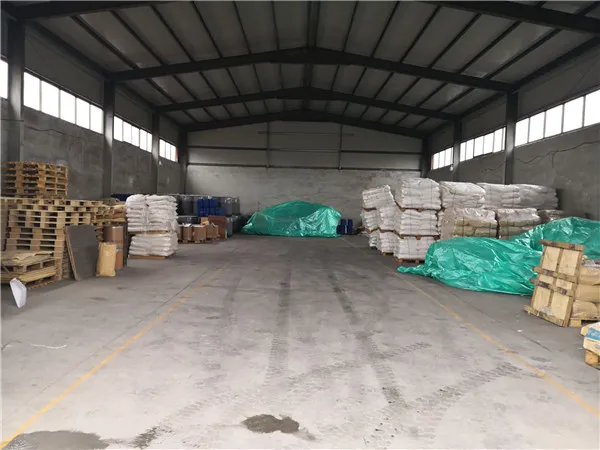STP Plant Chemicals Used in Wastewater Treatment
In the modern world, treating wastewater has become increasingly important due to the growing population, urbanization, and environmental degradation. One of the most commonly employed methods for wastewater treatment is the use of Sewage Treatment Plants (STPs). These facilities utilize a variety of chemicals to ensure the effective breakdown of organic matter and the removal of harmful contaminants from wastewater before it is released into the environment or reused. This article delves into the primary chemicals used in STPs and their roles in the treatment process.
Coagulants
One of the first steps in wastewater treatment is the coagulation process, where coagulants are introduced to help remove suspended solids and colloids. The most widely used coagulants include alum (aluminum sulfate) and ferric chloride. These chemicals work by neutralizing the negative charges of suspended particles, allowing them to clump together and form larger aggregates called flocs. The denser these flocs become, the easier they are to remove from the water.
Flocculants
Following coagulation, flocculants may be added to enhance the aggregation of particles. Flocculants are typically high molecular weight polymers that assist in linking smaller flocs into larger structures. This process further improves the efficiency of sedimentation in clarifiers, allowing for a more effective removal of impurities. Common flocculants include polyacrylamides, which can be tailored to specific wastewater conditions.
pH Adjusters
Maintaining the appropriate pH level is crucial in wastewater treatment, as it significantly affects the effectiveness of various chemical processes. pH adjusters, such as lime (calcium hydroxide) and sulfuric acid, are employed to either raise or lower the pH of the wastewater. For instance, lime can be used to increase pH levels, facilitating the precipitation of heavy metals and other contaminants. Conversely, sulfuric acid may be used to lower pH levels, enhancing the solubility of certain compounds and making them easier to treat.
stp plant chemicals used

Disinfectants
The disinfection of treated wastewater is vital to ensure that harmful pathogens are eliminated before the water is discharged or reused. Chlorine is one of the most commonly used disinfectants, although concerns regarding the formation of toxic byproducts have led to the exploration of alternatives such as ozone and ultraviolet (UV) light. Ozone is a powerful oxidizing agent that effectively destroys bacteria, viruses, and organic pollutants. UV disinfection, on the other hand, uses ultraviolet light to inactivate microorganisms, providing a chemical-free method of disinfection that has minimal environmental impact.
Nutrient Removal Chemicals
With the increasing emphasis on nutrient removal, particularly nitrogen and phosphorus, specific chemicals are also employed in STPs. Ammonium sulfate, for instance, is used in specific biological processes to precipitate excess phosphorus, while other additives may be needed for the biological degradation of nitrogen compounds. These nutrients, if released into the environment in excess, can lead to eutrophication of water bodies, which results in algal blooms and the degradation of aquatic ecosystems.
Advanced Oxidation Processes (AOP)
In more advanced STPs, chemical processes such as Advanced Oxidation Processes (AOP) are utilized to degrade recalcitrant organic compounds. AOPs often employ strong oxidants like hydrogen peroxide combined with ultraviolet (UV) light or ozone to generate hydroxyl radicals, which can oxidize a wide range of organic pollutants.
Conclusion
The effective treatment of wastewater in STPs is heavily reliant on a variety of chemicals, each playing a key role in maintaining the efficiency and effectiveness of the treatment process. By using coagulants, flocculants, pH adjusters, disinfectants, nutrient removal chemicals, and advanced oxidation processes, STPs can significantly reduce pollutant loads, safeguard public health, and protect the environment. As technology continues to advance, the methods and chemicals used in wastewater treatment will undoubtedly evolve, providing even more efficient and sustainable solutions for managing one of our most precious resources—water.

